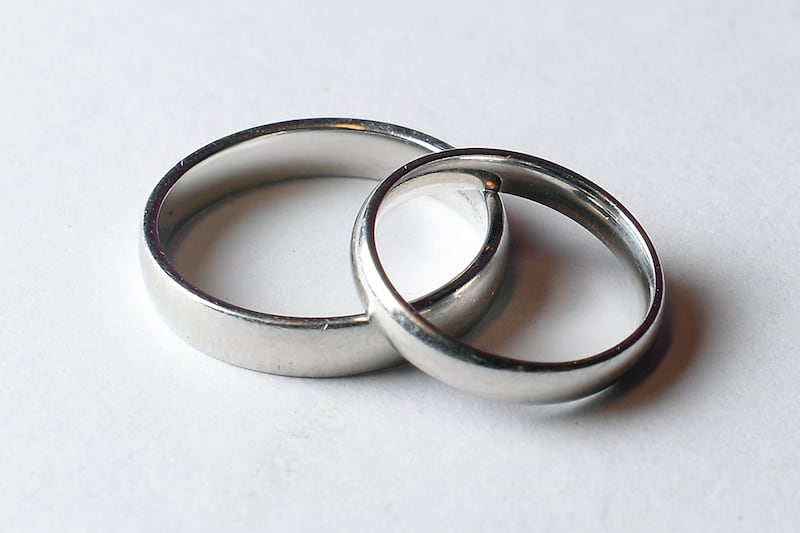February 15 1975
THE decline in the number of Protestants in the Republic had been due to two factors – a high death rate, due to the abnormally high proportion (18 per cent) of the Protestant population aged over 65, and a low birth rate, due in part to the unfavourable age structure of the Protestant population and in part to a relatively small average family size, said Mr Brendan M Walsh, of the Economic and Social Research Institute, in a paper read to the Irish Association.
According to the paper, “Trends in the Religious Composition of the Population of the Republic of Ireland 1946-71”, between 1946 and 1971 the total Protestant population declined from 158,000 to 120,000, or by a quarter. The number of Presbyterians and Methodists declined even more rapidly, by exactly a third, over the same period.
The Catholic population, on the other hand, was slightly larger in 1971 than in 1946, although this growth amounted to less than one per cent over 25 years.
As a result of these trends, the Protestant share in the total population declined from 5.3 per cent in 1946 to 4.0 per cent in 1971.
There was a very marked expansion in the numbers returned as “no religion” or “no statement” in 1971; only 6.7 thousand were so recorded in 1961, compared with 54.3 thousand in 1971. (In Northern Ireland almost 10 per cent gave no information on religion in the 1971 census).
The emigration rate among the Protestant population as a whole was significantly lower than among Catholics. This was only the case for the Church of Ireland population, however; the emigration rate among Presbyterians and Methodists was somewhat higher than among Catholics. It was likely that those differentials in emigration rates closely paralleled to contrasts in the occupational distributions of the religious groups.
There was evidence that mixed marriages had been an important factor for the Protestant population (and the Church of Ireland in particular) over the years 1946-71. This evidence was based on the fact that the Protestant marriage rate was considerably lower than the Catholic but according to the 1946, 1961 and 1971 Census of Population, Protestants were more likely to be married (at each age) than Catholics.
The only explanation consistent with all the available evidence was that a significant proportion of Protestants got married in Catholic ceremonies.
It was not clear what impact, if any, that phenomenon had on the Protestant birth rate. This was a question that could only be resolved by a research project designed explicitly to explore the effects of interfaith marriages on the religious affiliation of the children and of the partners of the marriage.
Fascinating insights from the ESRI suggesting reasons for a 25 per cent decline in the Protestant population of the Irish Republic from 1946 to 1971.






